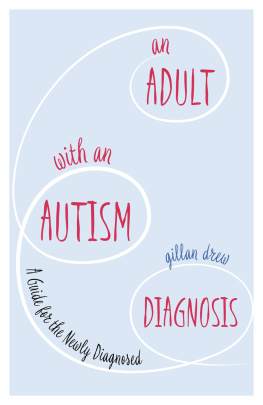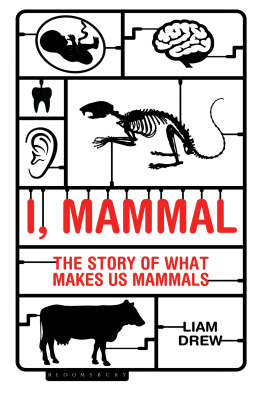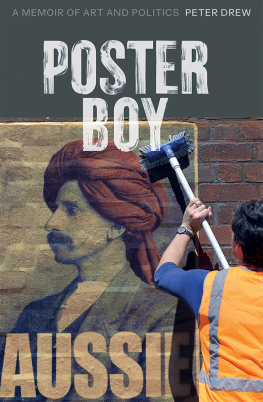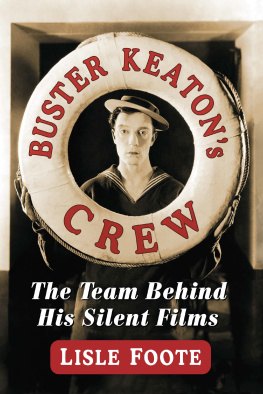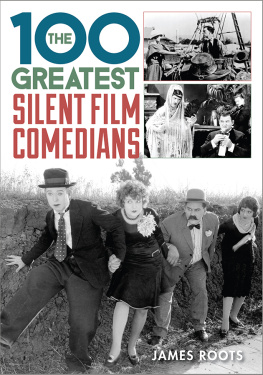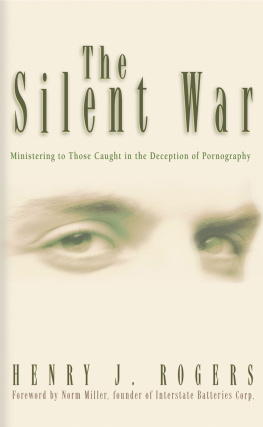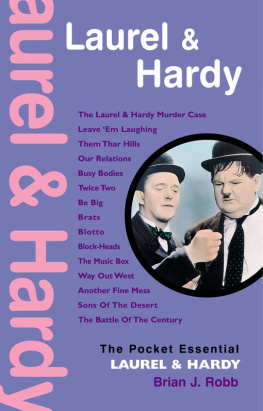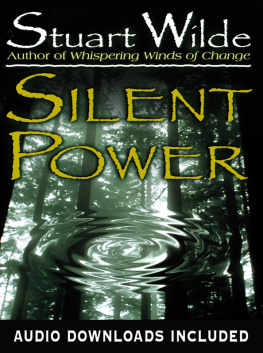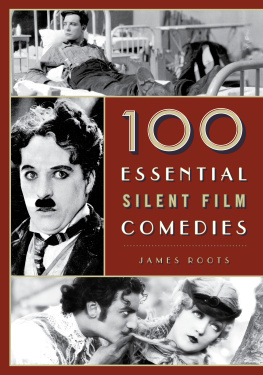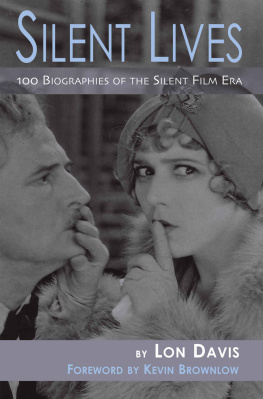Drew - The last silent picture show: silent films on American screens in the 1930s
Here you can read online Drew - The last silent picture show: silent films on American screens in the 1930s full text of the book (entire story) in english for free. Download pdf and epub, get meaning, cover and reviews about this ebook. City: Lanham;United States, year: 2010, publisher: Scarecrow Press, Inc, genre: Detective and thriller. Description of the work, (preface) as well as reviews are available. Best literature library LitArk.com created for fans of good reading and offers a wide selection of genres:
Romance novel
Science fiction
Adventure
Detective
Science
History
Home and family
Prose
Art
Politics
Computer
Non-fiction
Religion
Business
Children
Humor
Choose a favorite category and find really read worthwhile books. Enjoy immersion in the world of imagination, feel the emotions of the characters or learn something new for yourself, make an fascinating discovery.
- Book:The last silent picture show: silent films on American screens in the 1930s
- Author:
- Publisher:Scarecrow Press, Inc
- Genre:
- Year:2010
- City:Lanham;United States
- Rating:5 / 5
- Favourites:Add to favourites
- Your mark:
- 100
- 1
- 2
- 3
- 4
- 5
The last silent picture show: silent films on American screens in the 1930s: summary, description and annotation
We offer to read an annotation, description, summary or preface (depends on what the author of the book "The last silent picture show: silent films on American screens in the 1930s" wrote himself). If you haven't found the necessary information about the book — write in the comments, we will try to find it.
The last silent picture show: silent films on American screens in the 1930s — read online for free the complete book (whole text) full work
Below is the text of the book, divided by pages. System saving the place of the last page read, allows you to conveniently read the book "The last silent picture show: silent films on American screens in the 1930s" online for free, without having to search again every time where you left off. Put a bookmark, and you can go to the page where you finished reading at any time.
Font size:
Interval:
Bookmark:
The Last
Silent Picture Show
Silent Films on
American Screens in the 1930s
William M. Drew

the scarecrow press, INC.
Lanham Toronto Plymouth, UK
2010
Published by Scarecrow Press, Inc.
A wholly owned subsidiary of The Rowman & Littlefield Publishing Group, Inc.
4501 Forbes Boulevard, Suite 200, Lanham, Maryland 20706
http://www.scarecrowpress.com
Estover Road, Plymouth PL6 7PY, United Kingdom
Copyright 2010 by William M. Drew
All rights reserved. No part of this book may be reproduced in any form or by any electronic or mechanical means, including information storage and retrieval systems, without written permission from the publisher, except by a reviewer who may quote passages in a review.
British Library Cataloguing in Publication Information Available
Library of Congress Cataloging-in-Publication Data
Drew, William M.
The last silent picture show : silent films on American screens in the 1930s / William M. Drew.
p. cm.
Includes bibliographical references and index.
ISBN 978-0-8108-7680-4 (pbk. : alk. paper) ISBN 978-0-8108-7681-1 (ebook)
1. Silent filmsUnited StatesHistory and criticism. 2. Motion picturesUnited StatesHistory20th century. I. Title.
PN1995.75.D74 2010
791.430973dc22 2010011243
` The paper used in this publication meets the minimum requirements of
American National Standard for Information SciencesPermanence of Paper
for Printed Library Materials, ANSI/NISO Z39.48-1992.
Printed in the United States of America
To the film conservationists who are restoring
the silents for future generations
To the musicians who are underscoring the silent images
to produce a unique artistic experience
To the devotees throughout the world who are ensuring that the silent
cinema will remain a vital part of our culture
I owe a special debt of gratitude to Kevin Brownlow, Andi Hicks, Hugh Neely, and Marilyn Slater for the generosity, support, and knowledge that helped make this book possible. They read the manuscript from its inception, made valuable suggestions, and provided stills. Others who have been of inestimable help to me with information, photos, and encouragement include Rachel Ashley, Glynford Hatfield, Donna Hill, Melik Karapetyan, David Kiehn, Hiroshi Komatsu, Don Marion, John McElwee, Hala Pickford, David Shepard, Marc Wanamaker, and Haidee Wasson.
I n the entire history of motion pictures, nothing has been as dramatic and radical in its consequences as the transition from silent films to sound, which began at the end of the 1920s. Nothing in subsequent cinematic developments has quite equaled it, whether the move from black-and-white to color film, the displacement of traditional-sized by wide screens, even the film theatre yielding to television its role as the publics primary source of moving images. In comparison to the much more rapid replacement of silents by talkies, these changes have all been gradualwith older and newer forms coexisting for decades.
While much has been written about the transition from silents to sound that took place in Hollywood and Western Europe between 1926 and 1930, relatively little has been published in depth about how this development affected the views of the general public and critics toward the style of filmmaking displaced by the technological revolution of sound. Equally lacking is a comprehensive study of the silent film production that continued to dominate for much of the 1930s in the countries outside the Western industrial orbit, producing a final golden age of silent cinema. Analyses of this transitional period, besides delineating the technological challenges posed by adapting the requirements of sound to image, have tended to limit discussion of the talkies relationship to the older media to recycling the questionable assertions that a number of silent artists were unable to adjust to the new medium due to an alleged inability to master the microphone.
One especially significant factor contributing to the victory of sound, which seems to have been missed by a number of commentators, is the extent to which it gave rise to the entirely new discipline of film history and the need to build new institutional structures to conserve it. In the 1920s, prior to sound, there was in the United States an increasing tendency to view the early nickelodeon period as part of a more distant past, evident in various efforts to exhibit selected films from those years in a spirit of burlesque. Yet only with the talkie revolution would the entire tradition and mode of filmmaking be widely considered as something now labeled the silent era. Whether viewed disdainfully as antiquated flickers or revered as a highly accomplished art form with unique characteristics, in the Western world silent films were regarded as history in the 1930s. While some would use this perception as a justification to ignore or neglect what was now deemed obsolete, others would argue that the technological revolution required a more sophisticated examination of the cinematic past in order to preserve its achievements for future generations.
The present study is perhaps the first extended account of the fate of silent cinema and the attendant invention of film history in the 1930s as it unfolded in the United States, the center of the worlds largest film industry, which had initiated the talkie revolution in the late 1920s. Drawing on contemporary sources, mainly the daily newspapers that informed the majority of the American reading (and viewing) public, it presents the differing attitudes then existing in the country toward the silent film along with records of its persistence in the age of sound. Here are described the responses to the last new American silent films to be released, the reissues of older hits, the final silent movie houses, the foreign imports from non-Western countries resisting the advent of sound, the birth of a movement to preserve the heritage of early cinema.
From the perspective of later periods, the most significant of these developments in this decade was the emergence of the archival movement centered around Iris Barry and her creation of the Museum of Modern Art Film Library. As with any new organizational structure, there were, in retrospect, flaws which have become apparent with the passing of time. Like many of the most revered institutions, whether a major church establishment or a constitutional government, there was much that was excluded from this pioneering archive as well as the first scholarly chronicles of film history closely related to its activities. In describing the foundation of the Film Library in the 1930s and 1940s during the Iris Barry years, I have pointed out some of the vital pages of cinema history that were omitted from the collection it built up, along with several of the compromises that were made in presenting early film to the public. This, however, is in no sense intended to diminish the fundamental achievement of Barry and her creation of the first American film archive, including her vision of a collection of early cinema intended to be shared with a wider public than those privileged to visit the archives headquarters. For although succeeding generations of cinephiles must correct the shortcomings of the original structure, such progress, even while rebelling against the limitations of the earlier model, has only been able to emerge within the context of the organized movement to preserve film history which first crystallized in the United States with the Museum of Modern Art.
While the establishment of sound, as has often been noted, provided a number of studios with a convenient excuse to neglect or destroy the silents in their vaults, it may have also proved pivotal in an entirely opposite direction. During the years that silent films were in production, prints and negatives routinely vanished with scant consideration for their fate from either the industry or the wider public. But once the silent era had come to be regarded as part of history, more and more observers began to recognize the unique power and beauty of an artistic medium that appeared threatened with extinction. In the process, a strong sentiment at last emerged to preserve the achievements of that vanished age. Thus, one of the consequences of the arrival of sound may have been the salvation of many of the films from the extraordinarily creative era of filmmaking that had preceded it.
Font size:
Interval:
Bookmark:
Similar books «The last silent picture show: silent films on American screens in the 1930s»
Look at similar books to The last silent picture show: silent films on American screens in the 1930s. We have selected literature similar in name and meaning in the hope of providing readers with more options to find new, interesting, not yet read works.
Discussion, reviews of the book The last silent picture show: silent films on American screens in the 1930s and just readers' own opinions. Leave your comments, write what you think about the work, its meaning or the main characters. Specify what exactly you liked and what you didn't like, and why you think so.


